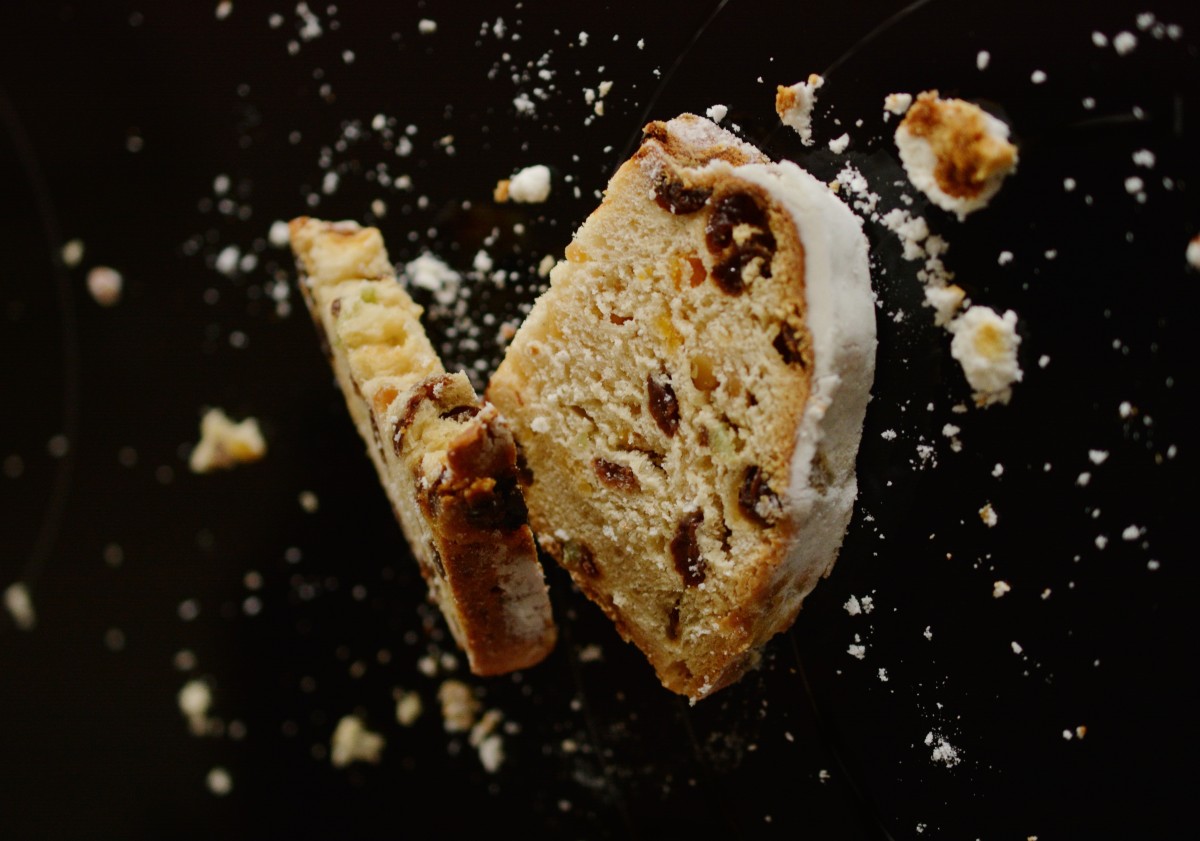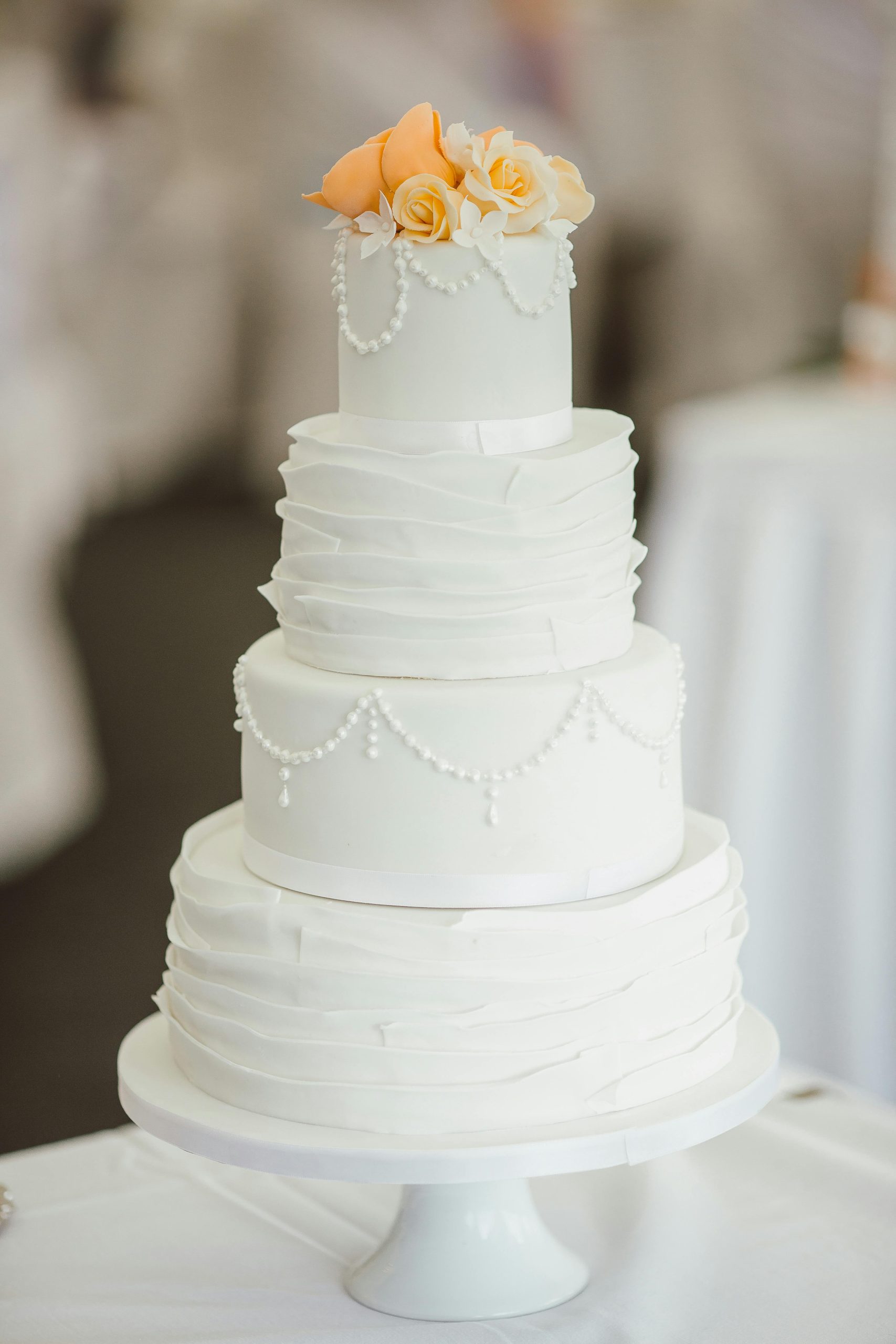How to Bake a Cake: 11 Tips for Perfect Cakes
Do you want to learn how to make a cake? There are some key tips for all cake types, whether you’re baking a simple poundcake with fresh fruit on top or a multi-layered cake that takes days to make. Cake baking does not have to be difficult. It just requires a bit of organization and planning. These tips will ensure that you make the perfect cake every time.
1. You can read the entire recipe
Cakes, in particular, have specific requirements, such as oven temperature, baking times, and ingredients, that cannot be changed. It’s important not to forget to soften the butter that you mixed with sugar.
Well Equipped
You’ll find reviews of kitchen gear, taste tests, last-minute deals, and more to help you shop wisely for your home. It arrives several times per week.
2. Assemble the ingredients and check their temperatures
Before you start, make sure all your ingredients are at the right temperature. It is particularly important to use butter and eggs at the right temperature. Soft butter will make a cake that’s smooth and fluffy, while eggs at room temperature keep the batter consistent.
You can also use a microwave to speed up the process. Cut butter into 1/2-inch cubes, arrange them in a single layer on a microwave-safe plate and then microwave for 3 seconds at a time. You can also speed up the process by using a microwavable: cut the butter into cubes of 1/2 inch, place them on a plate that is microwave safe, and microwave for 3 seconds each time on high, checking in between. Repeat this until the butter has softened but not melted. Keep an eye on the butter, as melted butter will not hold air for fluffy cakes.
3. Preheat the oven before making the cake batter
Position the racks before you start: To prevent burning, place a wire rack at the centre of the oven if your cake is in layers or the lower third if it’s a tube. This will ensure that the cake top does not touch the top of the oven.
Preheat your oven before preparing the batter. It may take some time, so it is best to use a thermometer. Many ovens will not accurately report the temperature. The batter will not react to heat properly if you wait 10 minutes for the oven temperature to rise. The oven will not rise correctly if it continues to heat up even after you have placed the pan in the oven.
4. Prepare the pan
If you want the cake to have the perfect shape, it must come out of the pan intact. Butter is the most common method, but it may differ depending on the type of cake you are baking.
Brushing very soft butter, but not melted, onto the inside of the pan is the general method for cake layers. Then, cut a disc of parchment paper to fit the inside of your pan. Precut parchment paper is a great luxury. Get some that match the size of your cake pans.
To make a butter cake in a Bundt, butter the pan and cover the surface with dry, fine breadcrumbs (or finely ground nut flour). Tap the pan inverted to remove any excess. Spray the pan with vegetable cooking spray to ensure that the cake will not stick.
Line a rectangular pan or square pan by pressing the foil into the pan after moulding it on the back. Butter the foil. It is easy to remove a cake from the pan that you do not want to invert.
5. Prepare the batter
The instructions will differ depending on the cake type: for butter cakes, the ingredients are usually combined by creaming, while for sponge cakes, the eggs are generally beaten and then folded in. Follow the recipe instructions to get the right texture. Pour the batter into your pans, then bake.
6. Undermixing and overmixing are not acceptable
Mixing can be a rush, but the main goal is to combine the ingredients. Overmixing can deflate the necessary air in the batter, resulting in cakes with a hard texture. Don’t, on the other hand, undermix. All ingredients must be completely incorporated.
7. Do not open the oven door
Resist the temptation to open the oven to peek inside and see a cake baking. Opening the door will significantly change the temperature in the oven, which could ruin your cake.
8. Test for doneness
Test a cake by inserting a toothpick, cake tester, or thin knife into the middle (or halfway between the side of the pan and the tube if you are using a tube pan). When you remove the toothpick or knife from a finished cake, you will see a few crumbs on it. The wet batter still adheres to the toothpick or knife if the cake has not yet been baked.
9. Cool the cake
The majority of cakes are cooled using a metal rack to ensure even air circulation. The recipe will specify whether the cake is to be cooled immediately in the pan or if it should be unmolded. If you leave certain cakes in the pan too long, they may stick. Angel food and chiffon cake tubes must be cooled upside-down in order to prevent them from deflating and looking squashed when cut. Inverting the pan on top of several inverted ramekins will support the edges. You should test the stability of your system before baking the cake. Test the pan with the ramekins.
10. Remove the cake from its mould gently
Once you’re ready, run a thin, sharp knife between the edge and the cake. Invert a rack (as specified in the recipe) or a platter over the top. Then, turn the pan upside down and remove it from the cake. It may be necessary to cool the cake inverted or to flip it back to its right side. Follow the instructions as each cake type cools uniquely.
11. Finish the cake
There are many options to finish a cake. Some cakes, like pound cake and crumb cake, are already finished when they come out of the oven and do not need to be embellished. Some cakes may only need a dusting of powdered sugar or a quick brush with glaze. Some cakes, like European-style layers, can have multiple fillings. They are then decorated with intricate decorations such as marzipan or buttercream shaped into leaves and roses.
Essential cake-baking equipment
The right equipment is also important when it comes to baking a cake. Baking equipment, with a few exceptions, isn’t very expensive. The best quality pans and tools will last a lifetime. You will need the following items in your kitchen if you want to bake cakes.
Measuring spoons and cups
Every kitchen needs measuring cups and spoons. You’ll need them to measure ingredients for nearly every recipe you attempt. We like to have several sets on hand so that we don’t need to wash the same set every time we cook or bake.

